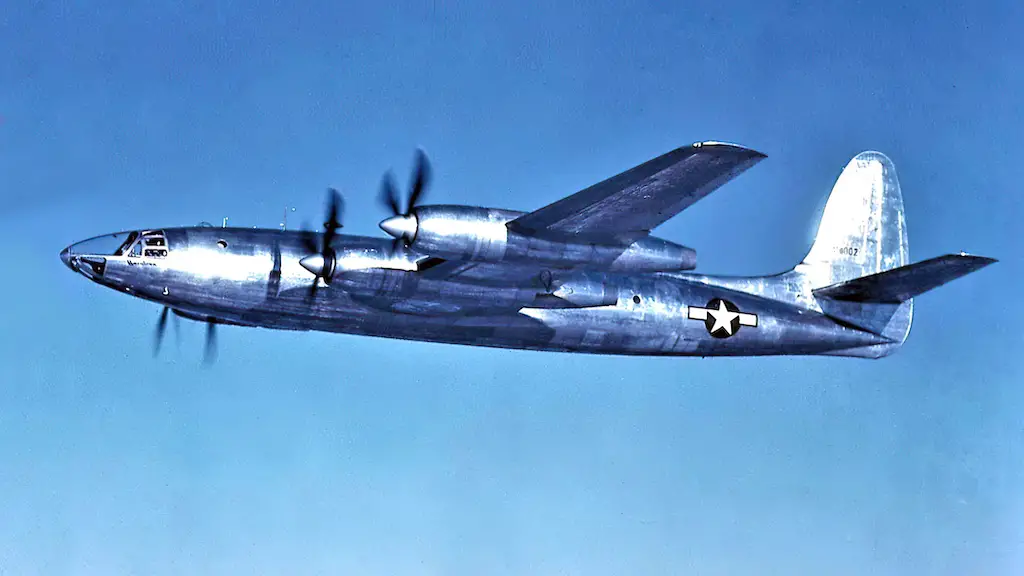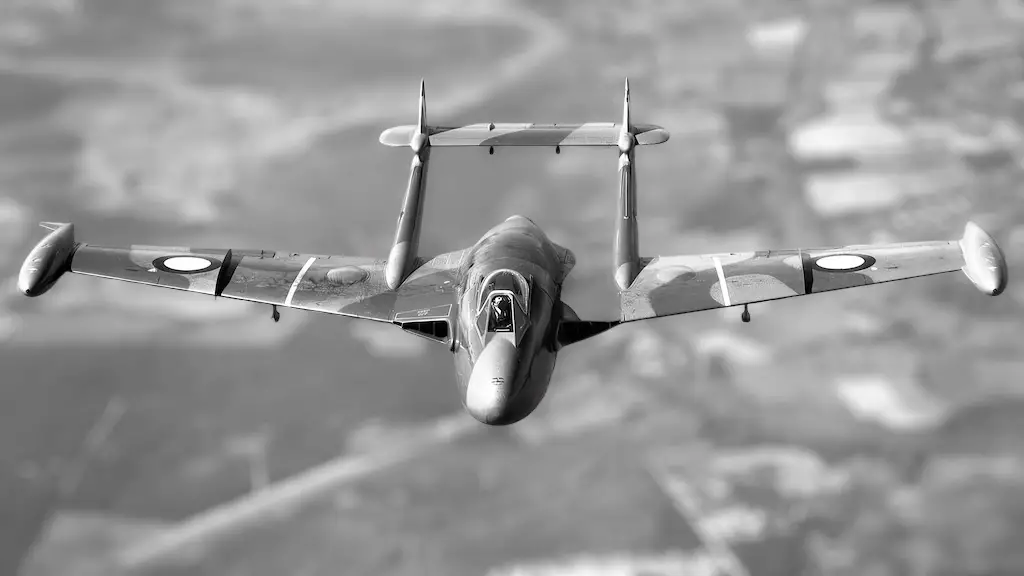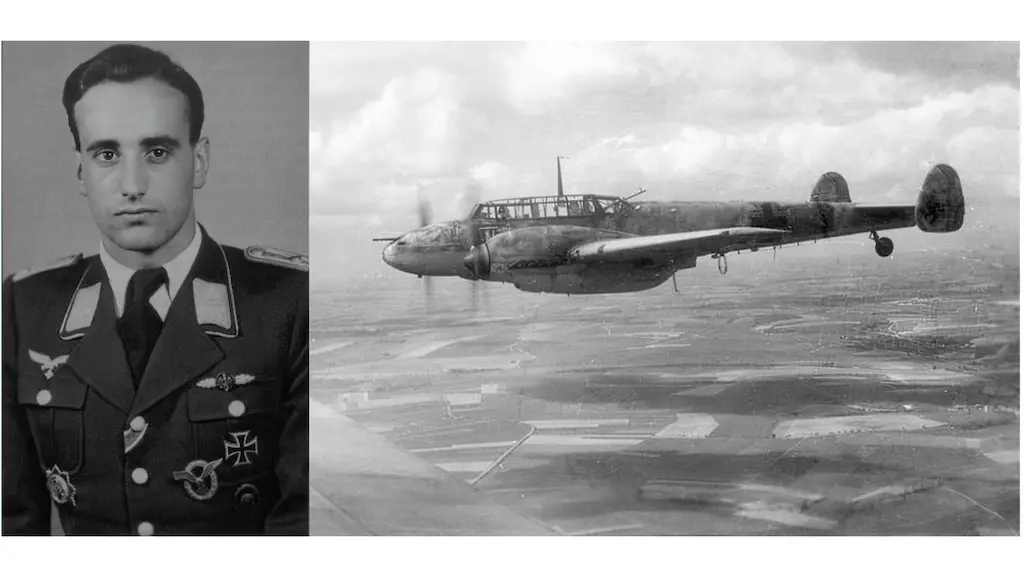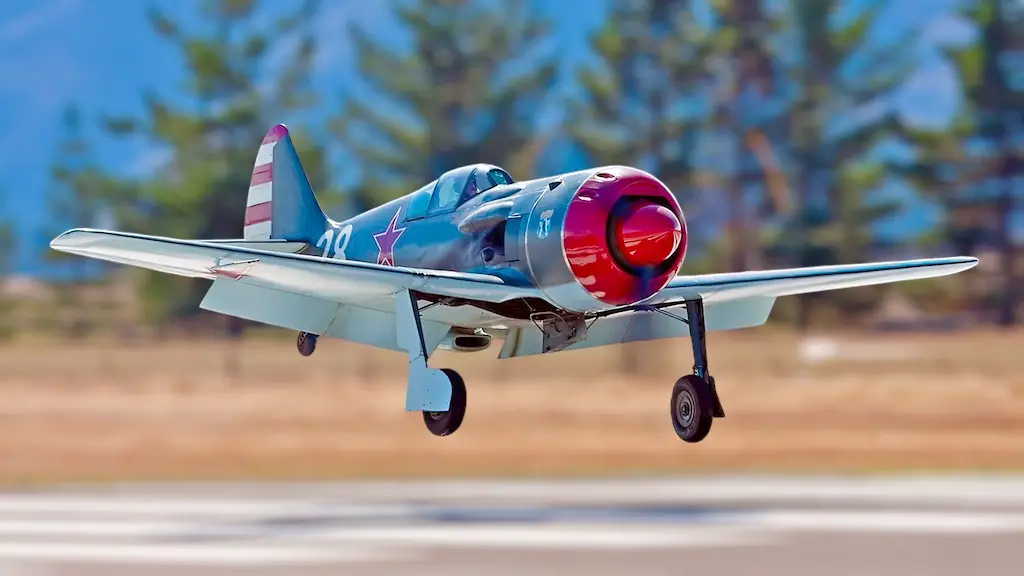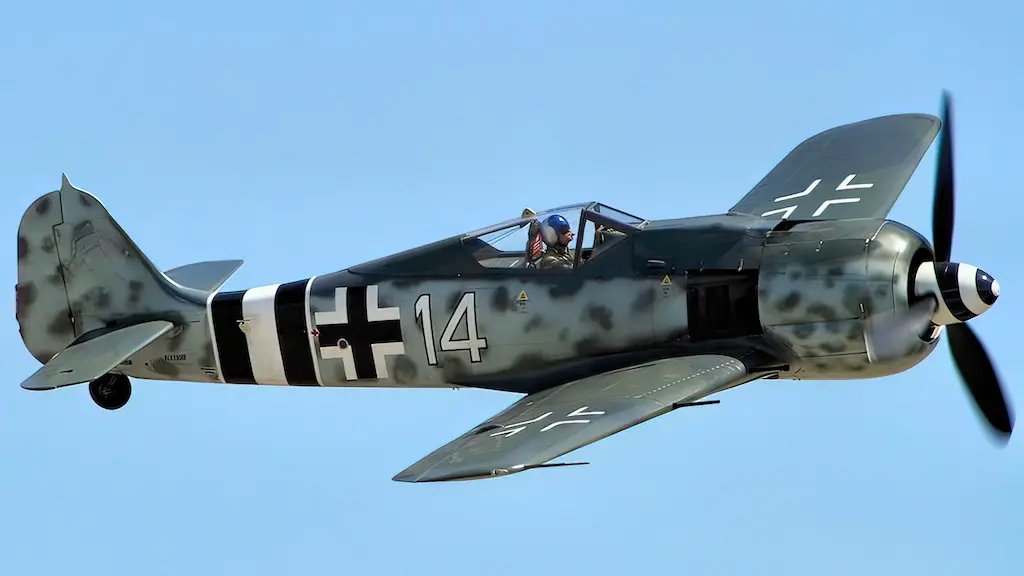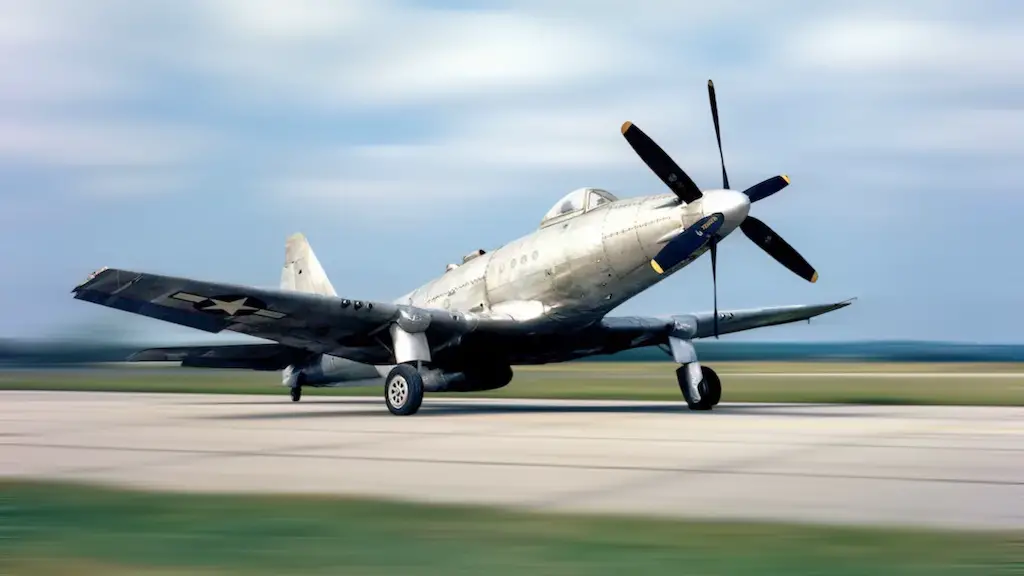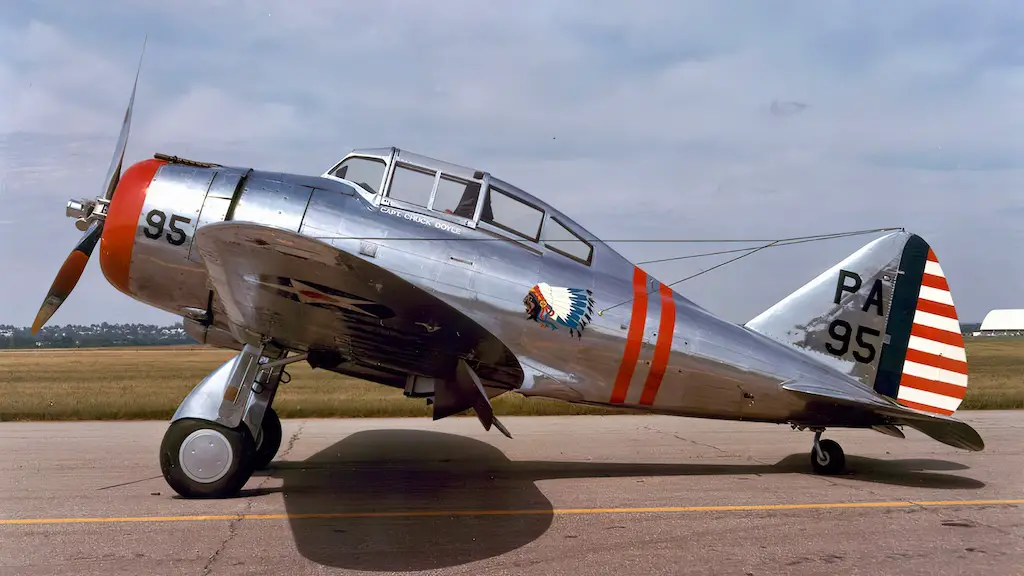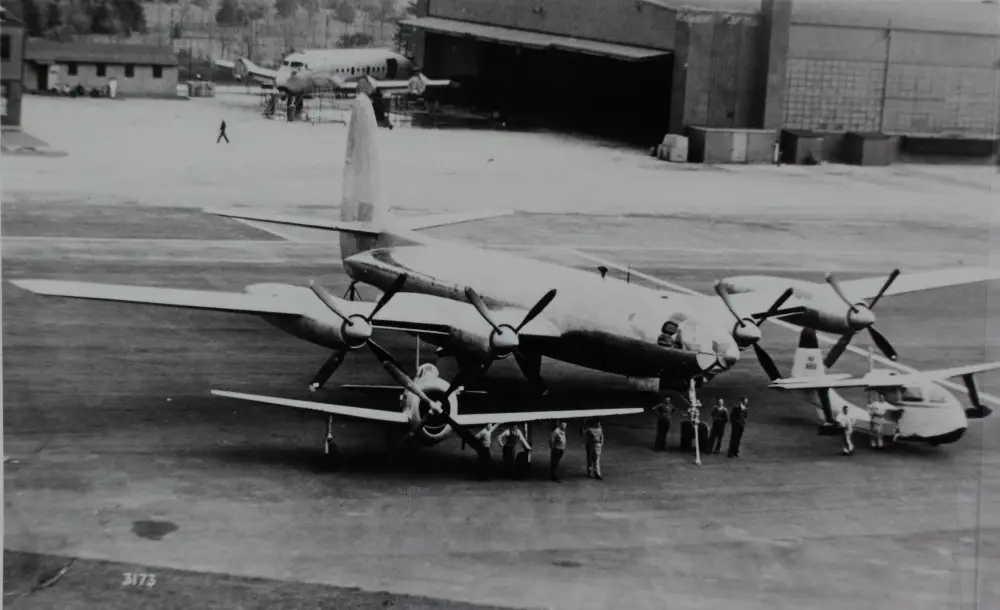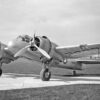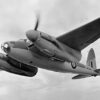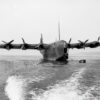The XF-12 Rainbow, despite its relatively short and obscure lifespan, represents a pinnacle of technical achievement. Its development history, flight performance, and eventual cancellation contribute to an intriguing tale of ambition and innovation.
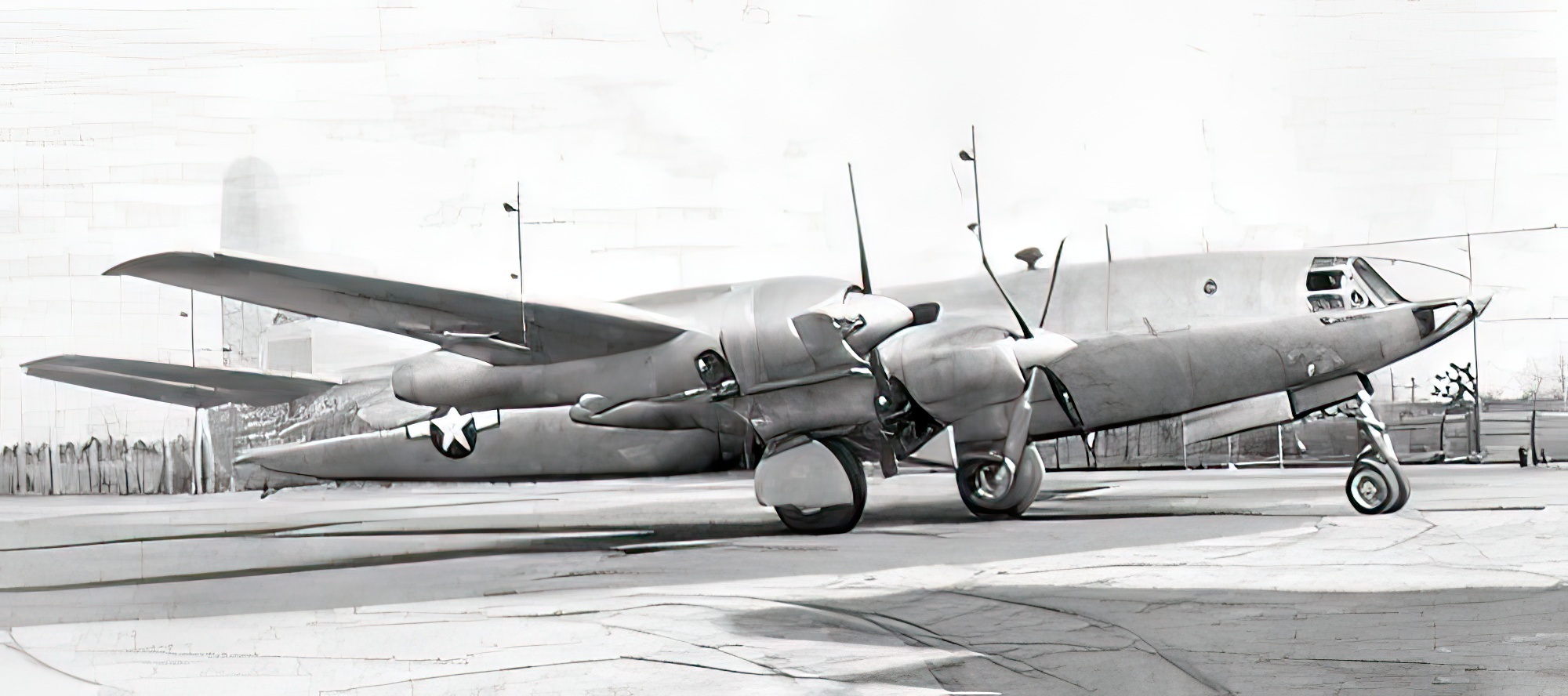
A Stroke of Genius
In the immediate aftermath of World War II, the Republic Aviation Corporation decided to harness the revolutionary technological leaps that the war had engendered. They set out to design the fastest, most reliable, and sophisticated four-engine photographic reconnaissance aircraft the world had ever seen. The result was the XF-12 Rainbow, an aesthetically captivating machine with sleek lines and an advanced design that promised the perfect synthesis of speed and long-range capabilities.
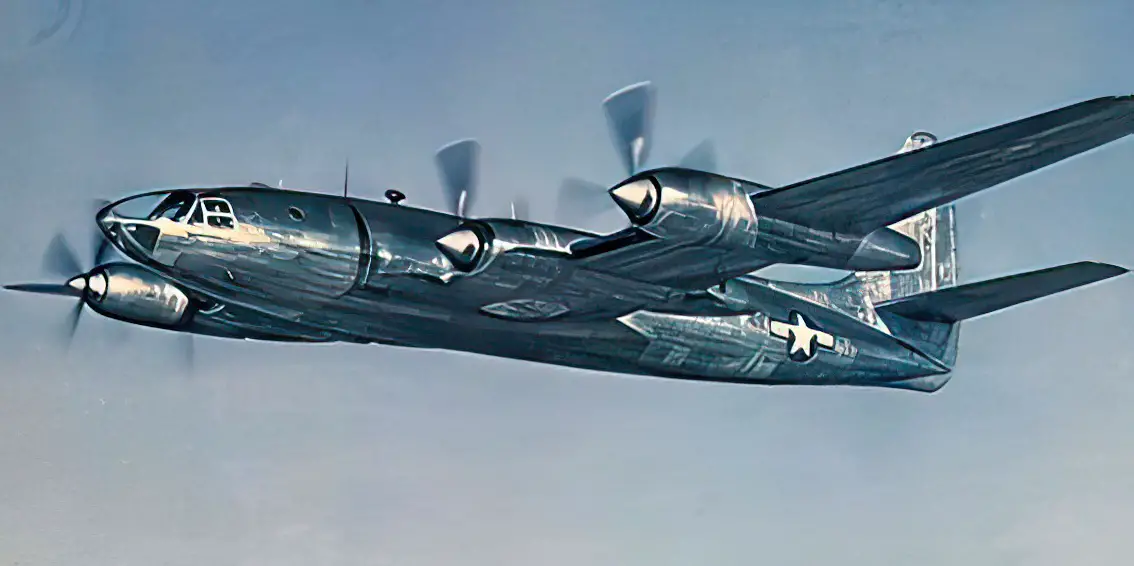
A Symphony in the Sky
The Rainbow first took to the skies on February 4, 1946, piloted by the Republic’s Chief Test Pilot, Russ Thaw. The test flights quickly demonstrated that the Rainbow wasn’t just an attractive design study; it was a formidable performer. With a top speed exceeding 450 mph at 40,000 feet and an unparalleled range, the Rainbow set new standards for reconnaissance aircraft. Its pressurized cabin, radar-controlled gun turrets, and advanced navigation system underscored its cutting-edge technology.
Moreover, the Rainbow proved remarkably fuel-efficient, thanks to its innovative wing design and the turbo-compound engines. The aircraft, while being capable of extraordinary speeds, offered stable, smooth handling, making it ideal for its photographic reconnaissance role.
The Achilles Heel
However, every great creation has its Achilles’ heel. The Rainbow’s technical complexity became its primary weakness. Maintenance proved challenging due to its advanced systems. Also, the aircraft was costly to manufacture, which was not ideal in an era of cost-cutting and budget constraints.
Another significant issue was that its four Wright R-3350-23 Duplex-Cyclone engines, despite their power, were infamous for their reliability problems. These issues, combined with the logistical challenges posed by the Rainbow’s sophisticated systems, tipped the scales against the aircraft.
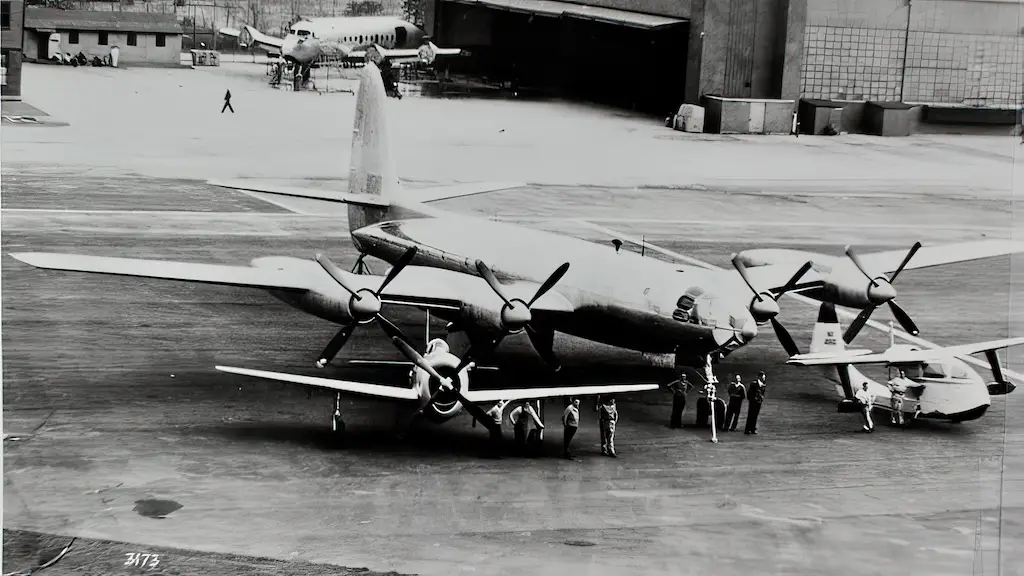
The Rainbow’s Cancellation
After a scant three prototypes built, the Rainbow’s journey was cut short. Despite its impressive performance, it fell victim to an evolving post-war military budget and strategic changes. The burgeoning jet age rendered many propeller-driven aircraft obsolete, and the decision was made to focus resources on jet technology. Furthermore, the rapid advancement of satellite technology cast a shadow over the need for high-altitude reconnaissance planes. Hence, the Rainbow’s promise was sacrificed on the altar of technological progress.
The cancellation of the Rainbow in 1947, mere months after its maiden flight, marked the end of an era. It remains a symbol of what could have been, an illustration of a time when the sky was indeed the limit.
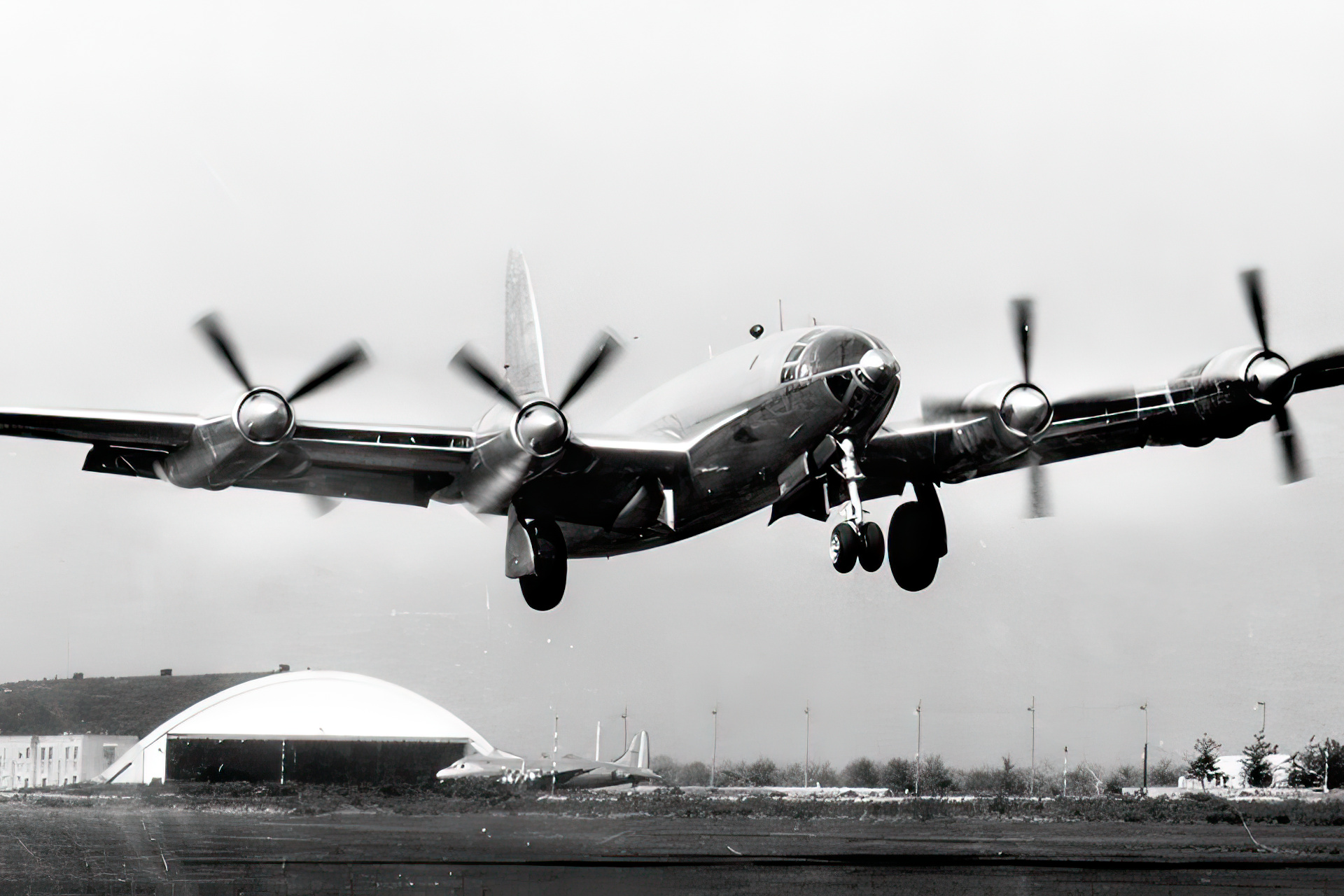
The Rainbow’s Legacy
The XF-12 Rainbow, a product of the boldest post-war aeronautical thinking, remains a remarkable chapter in aviation history. Its ambitious design, awe-inspiring performance, and the circumstances of its untimely cancellation make it a compelling subject even today. The Rainbow’s tale reminds us of the relentless march of technology and the sometimes harsh realities of progress. Nevertheless, it continues to inspire and captivate, a phantom of a time when propellers still ruled the skies.

